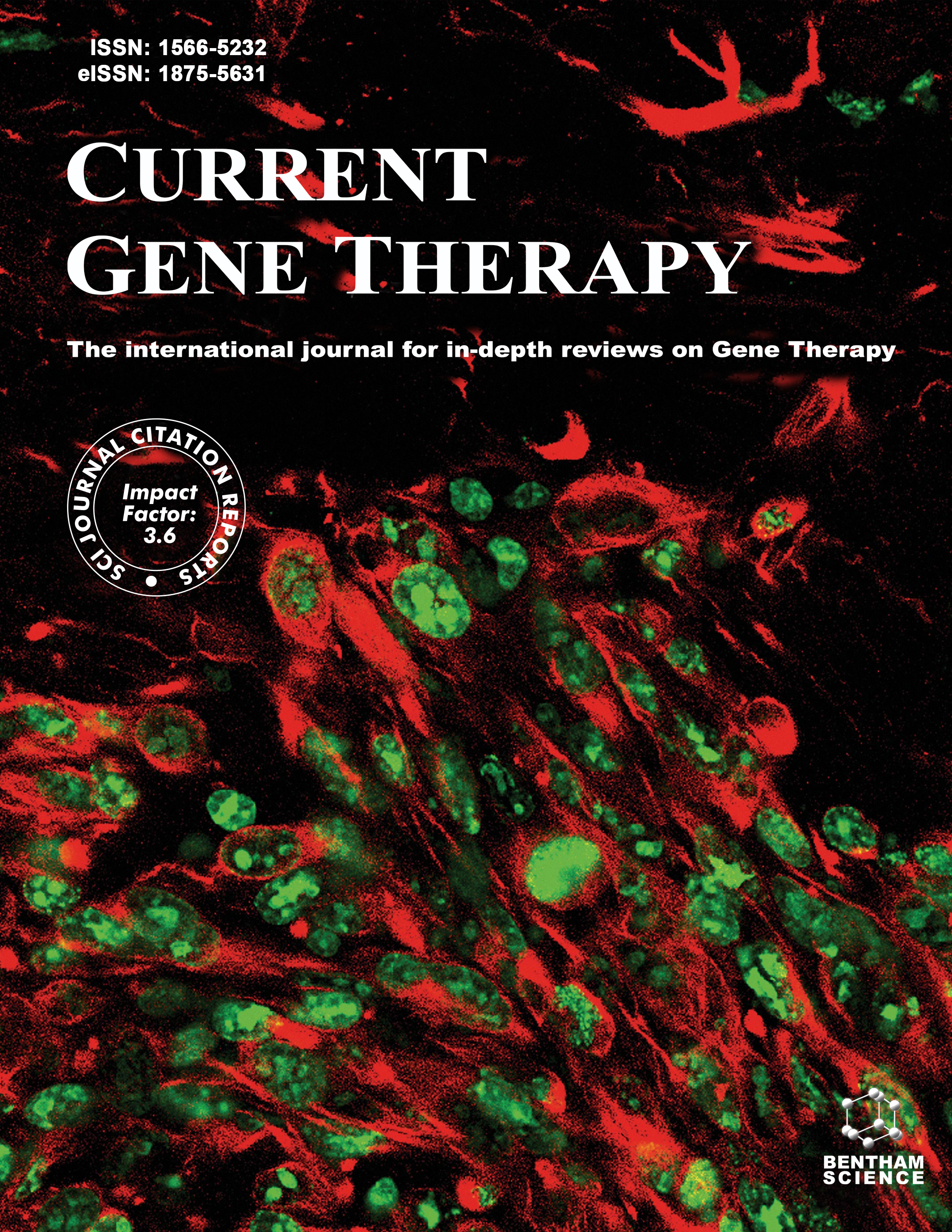
Full text loading...
We use cookies to track usage and preferences.I Understand

CRISPR-Cas9 (Clustered Regularly Interspaced Short Palindromic Repeats) is a groundbreaking gene-editing technology that enables scientists to make precise changes to the DNA of living organisms. It was first discovered in Escherichia coli and emerged as a breakthrough tool in molecular biology. This technique is essential because of its adaptability, affordability, and ease of use. It uses the adaptive immune response of bacteria and archaea to repel viral invasions. It significantly influences drug discovery, functional genomics, disease models, and pharmaceutical research. CRISPR-Cas9 is a better and more accurate way to change genes than other methods, such as zinc finger nucleases (ZFNs) and transcription activator-like effector nucleases (TALENs). This technology promotes the generation of double-strand breaks in DNA, allowing for precise genetic alterations required for therapeutic target identification and confirmation. Functional genomics enables high-throughput screening (HTS) to identify gene functions, disease causes, and therapeutic targets. CRISPR-Cas9 increases drug development by enabling Cas9 to create novel antimicrobial drugs and cancer therapies. It has also helped to generate disease models, advance our understanding of neurodegenerative and other diseases, test a variety of chemicals, and facilitate precise genetic changes. Despite its promise, ethical considerations and the possibility of off-target effects require careful evaluation to ensure its safe and effective clinical application. This study investigates the current and future possibilities of CRISPR-Cas9 in drug development, focusing on its transformational influence and addressing the challenges and limitations of its therapeutic application.

Article metrics loading...

Full text loading...
References


Data & Media loading...